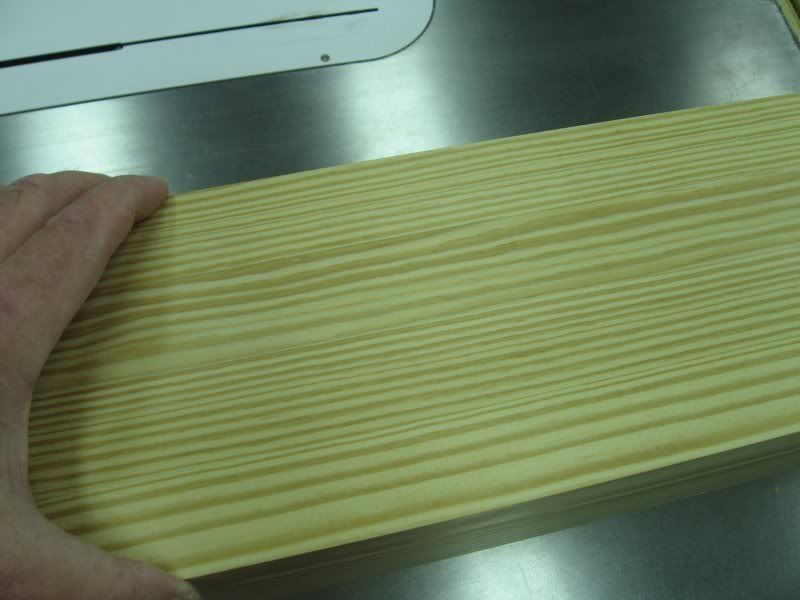I just started taking a woodworking class this last week and my first project is to make an end grain cutting board. The instructor had me rip several strips of maple up on the table saw to get ready to edge glue, but told me not to run the strips through the jointer. He said that the glue "will hold better on the textured surface of the wood, than a smooth jointed edge." Is this true? His table saw left many saw marks down both sides of each board.
Secondly, when I hold the strips next to each other, they are not a perfect match with a few gaps here and there. Will the clamps overcome this, or should I go ahead and run the strips over the jointer?
Thanks,
Brent
Secondly, when I hold the strips next to each other, they are not a perfect match with a few gaps here and there. Will the clamps overcome this, or should I go ahead and run the strips over the jointer?
Thanks,
Brent

 Black wallnut
Black wallnut ) - where abouts are you?
) - where abouts are you?

Comment